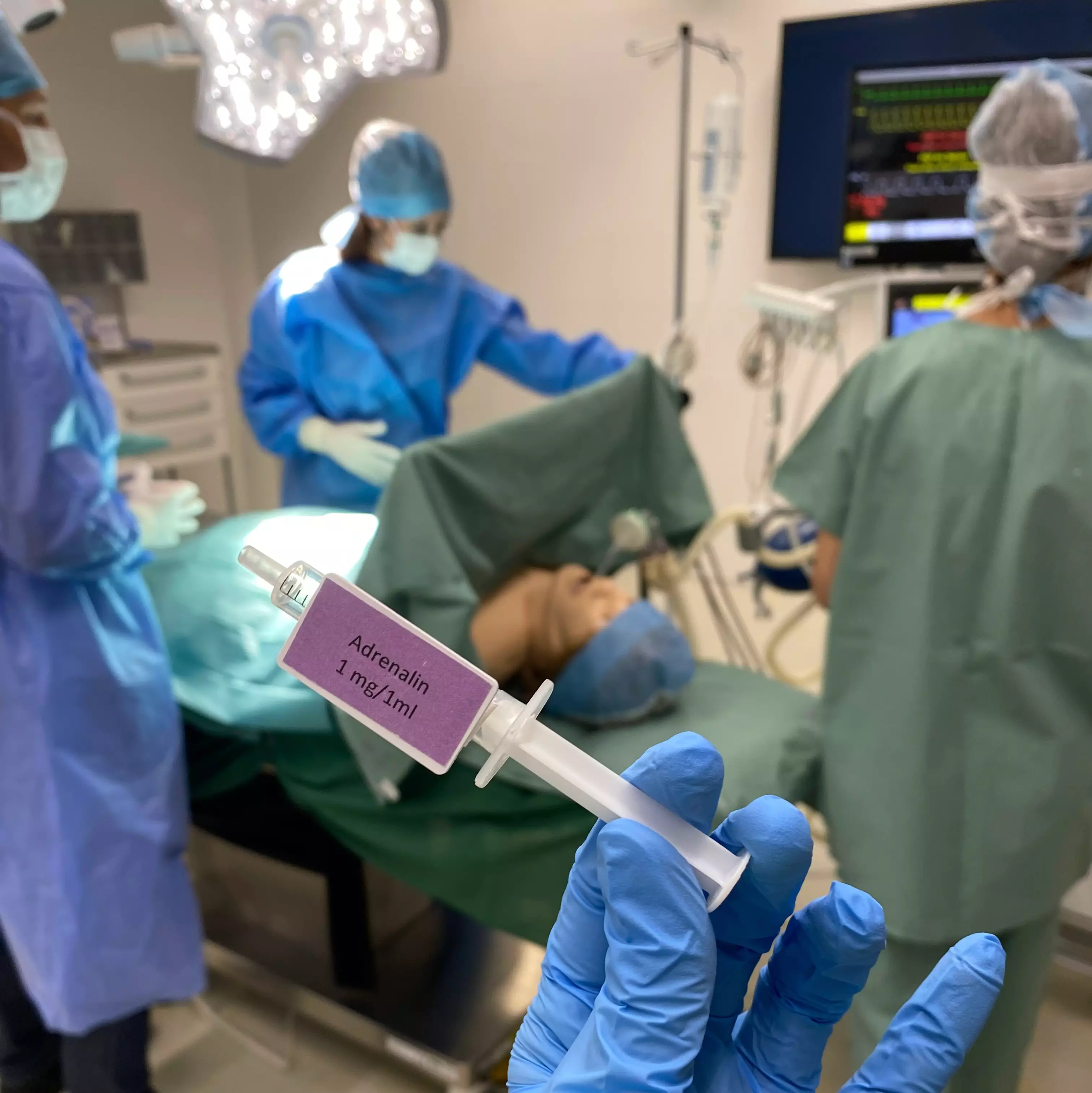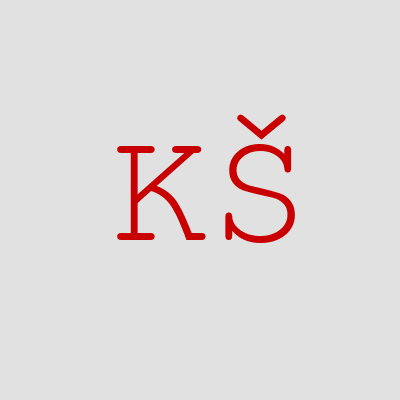Perioperative anaphylaxis
Perioperative anaphylaxis is a rare complication of anesthesia but can be associated with major morbidity and mortality. Prompt recognition of the reaction and rapid initiation of treatment is critical. The algorithm represents an authentic experience of simulated anaphylaxis occurring during gallbladder surgery. This content helps the solver learn how to recognize and treat perioperative anaphylaxis and learn the most common causes of this condition.
Review
Perioperative anaphylaxis is a rare complication which occurs in 1:10000 anaesthetics. Its case fatality rate (4%) is, however, twice as high as that of anaphylaxis outside of the perioperative period and is believed to be the most common cause of death directly related to anaesthesia. Given the usual intravascular application of the trigger, death tends to occur in the first 5 minutes.
The clinical manifestation may be varied, in about 30% there may be delayed or completely absent cutaneous signs, the dominance of cardiovascular or respiratory signs depends not only on the type of allergen and the form of its application but also on the comorbidities of the patient. The differential diagnosis is also complicated by the surgical procedure which is often already in progress. The primary treatment - adrenaline, restitution of intravascular volume and early definitive airway management - is not complicated, however, needs to be initiated as early as possible to prevent the reaction from escalating.
The following, very realistic simulation will hopefully aid you in memorizing the symptoms and management of perioperative anaphylaxis, similarly as you would memorize the CPR algorithm. This will help you react in time and adequately to this complication even though you will not encounter it on a daily basis.
Sources
MALÁSKA, Jan, Jan STAŠEK, Milan KRATOCHVÍL a Václav ZVONÍČEK. Intenzivní medicína v praxi. Praha: Maxdorf, [2020]. Jessenius. ISBN 978-807-3456-757.
TURNER, Paul J., Jasmeet SOAR, Amy DODD, Sue HAMPSHIRE, Anna HUGHES, Nicholas SARGANT a Andrew F. WHYTE. Emergency treatment of anaphylaxis Guidelines for healthcare providers. London, 2021. Guidelines. Resuscitation Council (UK).
Anaphylaxis during Anaesthesia: Immediate Management. In: Anzaag: Australian and New Zealand Anaesthetic Allergy Group [online]. 14 November 2022 [cit. 2023-04-18]. Dostupné z: file:///C:/Users/baraz/Downloads/Anaphylaxis-Card-1-Adult-Immediate-Management-2022%20(1).pdf
Anaphylaxis during Anaesthesia: Once Situation is Stabilised. In: Anzaag: Australian and New Zealand Anaesthetic Allergy Grou [online]. 14 November 2022 [cit. 2023-04-18]. Dostupné z: file:///C:/Users/baraz/Downloads/Anaphylaxis-Card-6-Post-Crisis-Management-2022.pdf
Learning targets
2. The student knows how to treat perioperative anaphylaxis
3. The student knows the biochemical markers of anaphylaxis
Key points
2. The most common symptoms of anaphylaxis: cardiovascular (hypotension, tachycardia/bradycardia), bronchospasm, skin changes, and angioedema
3. Primary treatment for anaphylaxis is epinephrine





